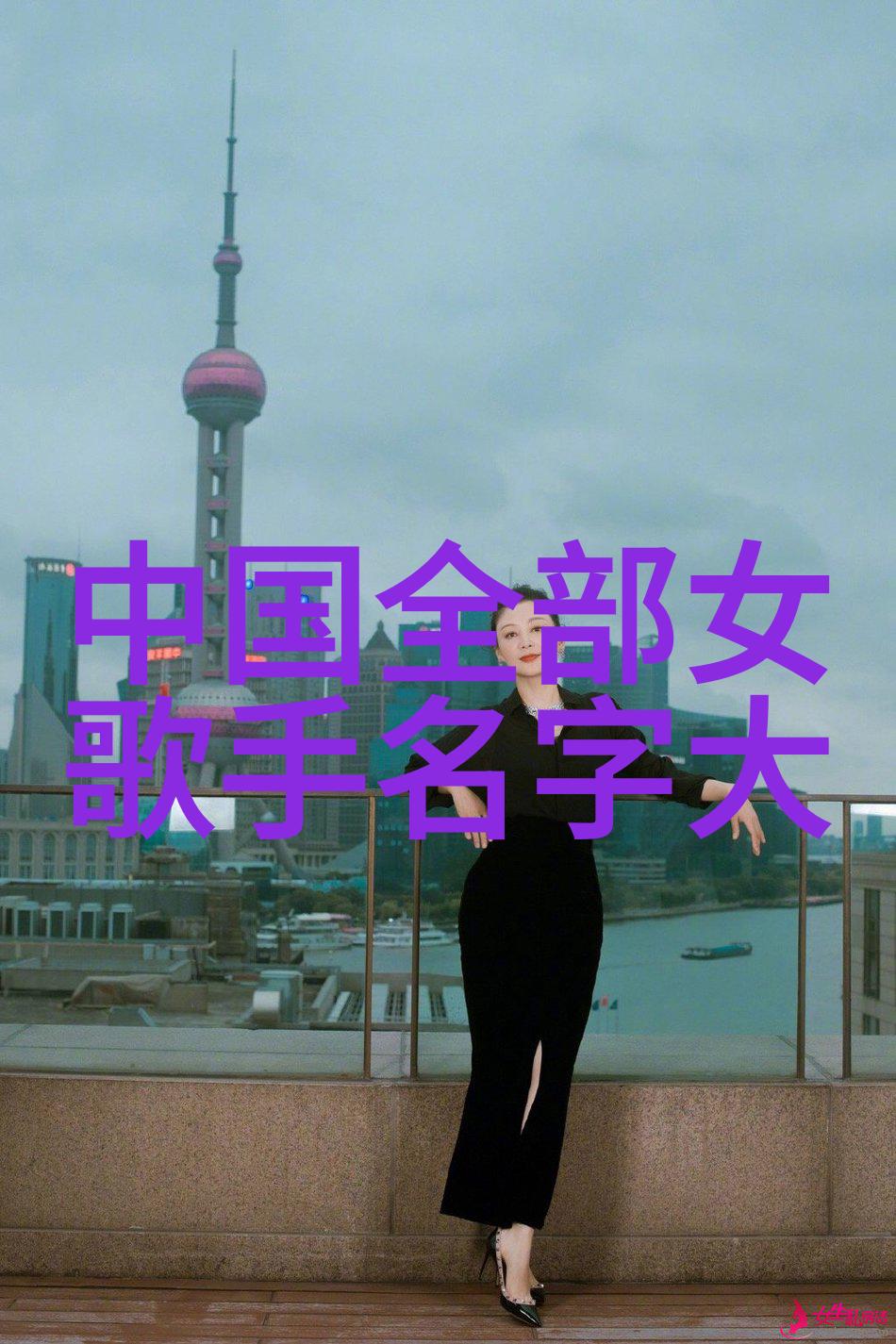曲剧,作为中国传统的戏曲艺术之一,其演唱、武打、舞蹈和面具等元素交相辉映,共同构建了一幅生动多彩的艺术画卷。其中,“哭戏”这一特殊形式,不仅体现了演员们卓越的表演技巧,也是观众情感共鸣的重要途径。cry scenes in Peking Opera, also known as "wailing walls," are a unique and integral part of the art form that evoke powerful emotions and catharsis.

在探讨“哭戏”的疗愈效应之前,我们首先需要理解其背后的文化意义。在中国传统文化中,悲剧往往被视为一种教育手段,用来反映社会问题、揭示人性的复杂性以及展现人生哲理。因此,在曲剧中,“哭戏”不仅仅是一种表演手法,更是对人生苦难的一种深刻反思。
"From sorrow to catharsis: The therapeutic effects of watching cry scenes in Peking Opera"

The first step towards understanding the therapeutic effects of crying scenes in Peking Opera is to appreciate their cultural significance. In traditional Chinese culture, tragedy is often seen as an educational tool for reflecting social issues, revealing the complexities of human nature, and illustrating life philosophies. Therefore, within the context of Beijing Opera (Peking Opera), crying on stage serves not only as a performance technique but also as a profound reflection on human suffering.
Crying on stage can be traced back to ancient Chinese theater where actors used vocal techniques such as falsetto or high-pitched singing to express emotional distress. This tradition has been passed down through generations and continues today with some slight modifications. For instance, performers use specific facial expressions combined with elaborate costumes to enhance the overall impact.

However, it's important to note that not all operas include crying scenes; they are typically reserved for tragic stories involving themes such as betrayal, loss or unrequited love. These tales often center around historical figures or legendary characters whose stories have become deeply ingrained in Chinese folklore.
Watching cry scenes can create an emotional connection between audience members and performers alike. When performed skillfully by trained artists who embody these characters' pain through their own bodies and voices – it creates an almost palpable atmosphere of shared sorrow among viewers who may find themselves empathizing with the story unfolding before them.

Moreover this kind empathy evoked by watching 'crying' performances might lead people towards self-reflection about their own lives & experiences - perhaps finding solace in knowing they're not alone.
As well there could be potential healing benefits from witnessing others process grief & overcome adversity - much like how people seek out support groups during difficult times.

This phenomenon highlights one key aspect of therapy itself: social support system plays crucial role here too
Furthermore when we observe somebody else experiencing strong emotions (especially negative ones) our brain releases oxytocin which helps regulate stress response
It's worth noting that while "crying" is indeed a significant element within Peking opera's repertoire; other elements like martial arts combat sequences ('wire fu') dance movements('acrobatics') masks ('knee pads'), music compositions('melodies') play equally important roles in conveying meaning & creating mood.
In conclusion while exploring both sides —the artist side—of course—the audience side—it becomes clear that tears hold immense power within Beijing opera performances due largely because they allow us glimpse into deeper aspects about humanity—our common experiences shared struggles—fears hopes dreams desires...
Tears serve many purposes whether its expressing deep sadness anger frustration joy relief etcetera... They give voice-to-voiceless silent screams-of-silence making invisible visible.
In essence , tears help connect us across boundaries time space language cultures nations giving strength vulnerability resilience hope courage inspiration compassion wisdom peace love unity...
Thus let us cherish these moments whenever we witness someone shedding tears either onstage or offstage remember each tear holds truth history emotion memory every single one matters
Please feel free modify if needed
标签: 十大烟嗓男歌手 、 90后歌手 、 2022最好听的伤感情歌 、 老歌手 、 中国全部女歌手名字大全



